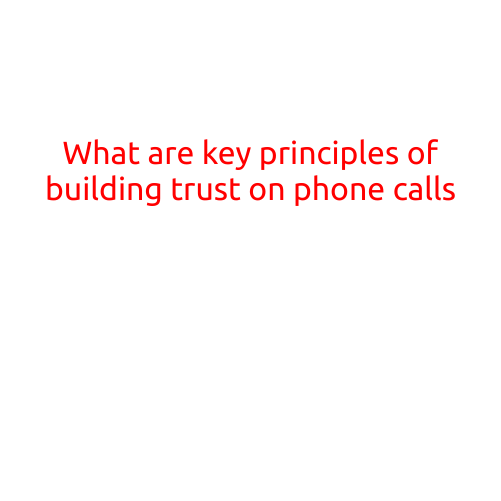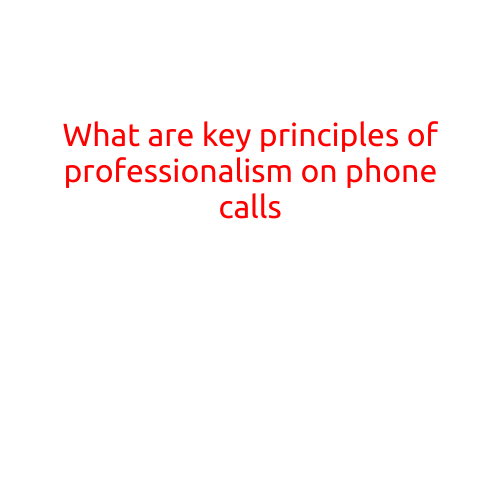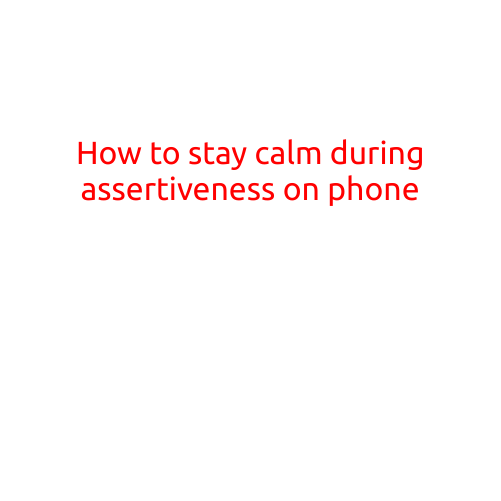
What are Strategies for Clarifying Information on Calls?
Effective communication is crucial in today’s busy world, and phone calls are a common mode of communication for both personal and professional purposes. However, it’s not uncommon for miscommunication to occur when information is not clearly conveyed or understood. In this article, we’ll explore strategies for clarifying information on calls to ensure that important details are understood and actions are taken correctly.
1. Repeat and Paraphrase
One of the most effective strategies for clarifying information on calls is to repeat and paraphrase what the other person has said. This technique helps to ensure that you understand the information correctly and can also help to identify any misunderstandings. When the other person says something, repeat it back in your own words and ask if that’s correct. For example, “Just to make sure I understand, you’re saying that the meeting is scheduled for Wednesday at 2 PM, correct?”
2. Ask Open-Ended Questions
Open-ended questions encourage the other person to provide more information, which can help clarify any doubts or misunderstandings. Instead of asking yes or no questions, ask questions that begin with what, how, or why. For example, “What’s the main objective of this project?” or “How do you plan to achieve this goal?”
3. Clarify Ambiguous Terms
Ambiguous terms can lead to confusion and miscommunication. When someone uses an ambiguous term, ask for clarification. For example, if someone says “we need to get the file done by Friday,” you can ask “What exactly do you mean by ‘done’? Is that referring to the draft, the final version, or something else?”
4. Verify Assumptions
Assumptions can lead to miscommunication and mistakes. When you’re discussing a topic, verify your assumptions by asking questions like “Just to make sure, are you saying that…?” or “I’m assuming that… is correct, is that right?”
5. Use Non-Verbal Cues
Non-verbal cues like nodding, making eye contact, and summarizing what the other person has said can help to clarify information and show that you’re actively listening. These cues can also help to prevent misunderstandings and miscommunications.
6. Take Notes
Taking notes during a call can help you to clarify information and ensure that you don’t forget important details. When you’re discussing a topic, take notes on the key points being discussed and any action items that need to be taken.
7. Verify Action Items
Before ending a call, make sure to verify any action items that need to be taken. Ask the other person to repeat their understanding of the action items and what steps they need to take. This can help to ensure that both parties are on the same page.
8. Don’t Be Afraid to Ask for Clarification
Don’t be afraid to ask for clarification if you’re unsure about something. It’s better to ask for clarification than to make an assumption or nod along without understanding what’s being said. When you’re unsure, say something like “I’m not sure I understand. Can you please clarify that?”
9. Use Technology to Your Advantage
Consider using technology like transcription services or recording software to help clarify information on calls. These tools can provide a written record of the conversation, which can help to ensure that everyone is on the same page.
10. Follow Up
After the call, follow up with an email or a text to reiterate any important details or action items. This can help to ensure that everyone is on the same page and that no misunderstandings occur.
By implementing these strategies for clarifying information on calls, you can ensure that important details are understood and actions are taken correctly. Remember to always be open-minded, non-judgmental, and willing to ask for clarification. With practice, you’ll become more effective at clarifying information on calls and improving your overall communication skills.





